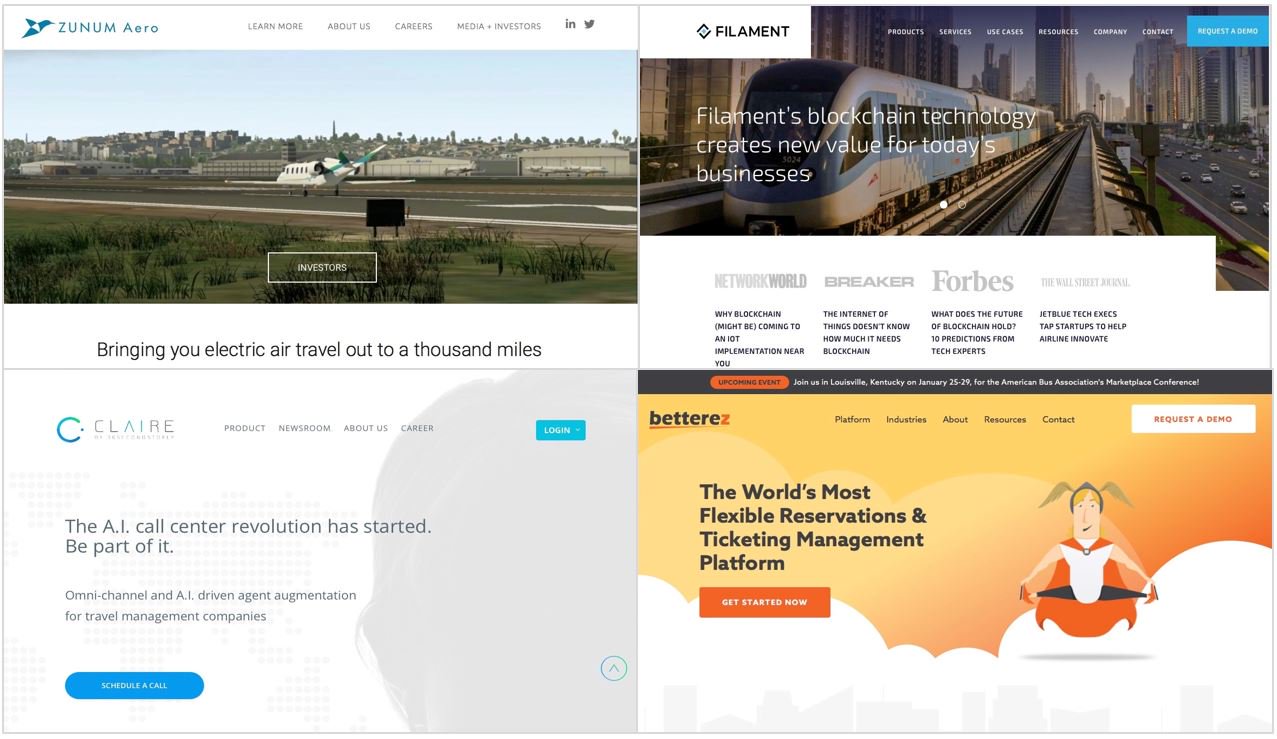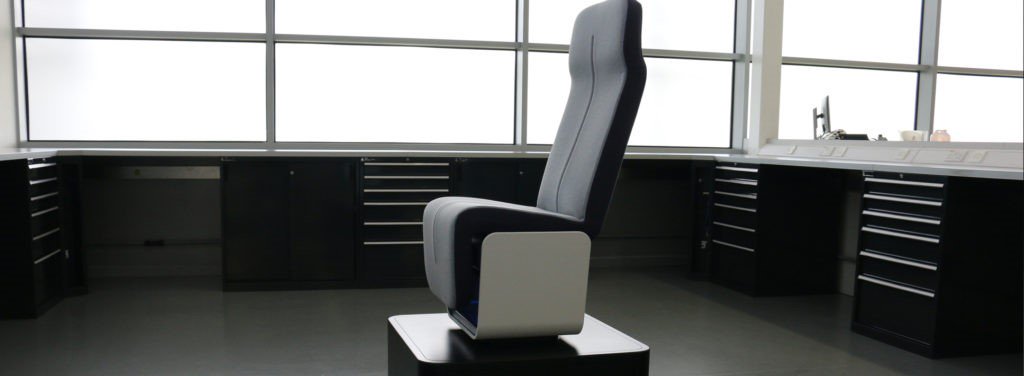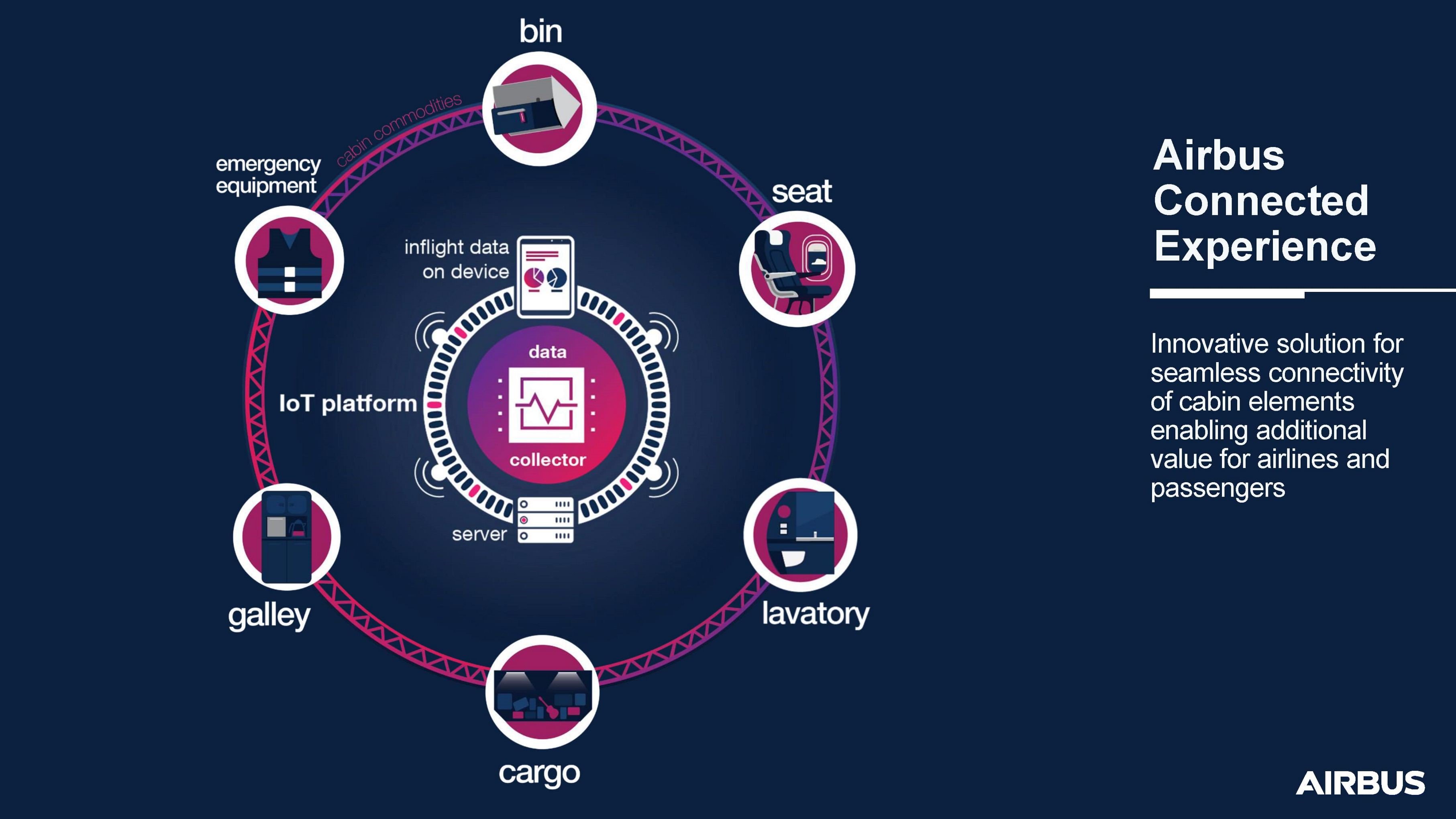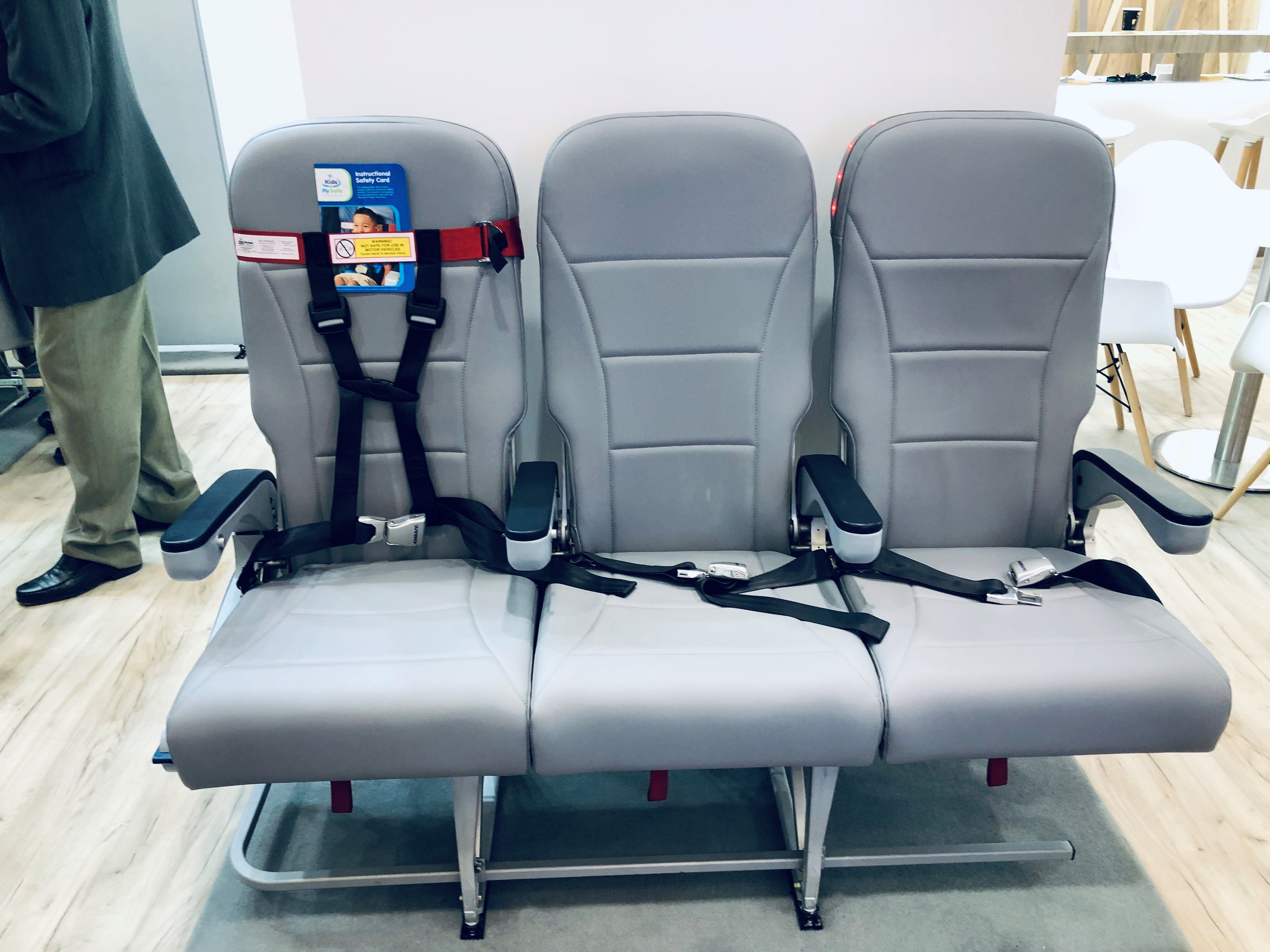
Hamburg recently hosted the annual 2019 Passenger Experience Week (PEW2019), which included the Passenger Experience Conference, Aircraft Interiors Expo, Passenger Technology Solutions expo, and the World Travel Catering and Onboard Services Expo.
Jim Nixon and I attended to see how air passenger experience and wellbeing could be improved by current and future technology. Other than a bag of freebies from the travel catering expo, and assurances that so far no one wants a 23” seat pitch seating, what else can we take away from the week?
Here are my top five insights on air travel in the future:
1. Increased focus on technology-based innovations
Air travel has caught the digitalisation bug – most of the exciting innovations we saw at PEW2019 revolve around digital data and what we can do with it. In 2018, travel-oriented tech start-ups raised USD7.5 billion of venture capital across 647 deals, each deal taking a single piece of passenger experience to improve it in ways that airlines would not have developed – or even thought of – by themselves.

Above: Some of the start-ups funded by JetBlue Technology Ventures
Considering the benefits that could be harvested from innovations developed by these start-ups, what can airlines do to help support and nurture them? Well, they can – of course – fund them. By 2019, JetBlue has funded 22 start-up companies globally through their investment arm JetBlue Technology Ventures – strategically based in San Francisco’s Bay Area. Away from Silicon Valley, AirAsia’s investment arm, RedBeat Ventures, recently started investing in travel start-ups based in South East Asia. EasyJet, El Al, and Qantas have been dabbling on this too.
Another way that airlines can support these start-ups is by providing access to the industry. Think of it as an “apprenticeship”, to give start-ups a better understanding of the industry, thereby improving their chances of success. Airlines should also keep up with the technology by investing in their IT systems and processes, and the people that will implement these innovations. When it comes to tech innovations, adaptable, flexible and objective-oriented decision-making will be the new mantra in airline boardrooms.
2. Automotive industry is aviation’s next source of inspiration
According to Dr Christian Langer, VP Digital Strategy, Innovation and Transformation of Lufthansa Group, the aviation industry is now looking at the automotive industry for ideas, particularly in cabin interior and services. A positive is that the industry is a lot more nimble than aviation. The route from ideas to implementation is quicker and less restrictive, fertilising the breeding ground of innovation. In car travel, people are being exposed to greater personalisation and richer ways to be entertained, to communicate, and to rest, which in turn influence their expectations of what air travel should be.

Above: Passenger seat with F1 technology (Image: Williams Advanced Engineering)
And who else knows more about designing and manufacturing strong, lightweight seats other than the big players in Formula 1? Williams Advanced Engineering is currently working with JPA Design to deliver space-saving, lower weight passenger seats that do not compromise comfort or safety. This has been a trend in the last few years. Boeing has been working with Adient (automotive seat specialist), Lufthansa Technik with Mercedes-Benz, Liebherr-Aerospace with General Motors, and Airbus with Audi. You can expect more collaborations in the future, particularly as the eVTOL industry takes off (pun intended).
3. They want more of your data
Smooth passenger experience from booking, to arrival and hyper-personalisation of services are the main themes of future air travel. What is the price, you ask? Simple. The price is your personal data. Cheap for some (millennials; I’m looking at you), but extremely valuable for others (people like Jason Bourne, perhaps).
The data collected and shared can be as simple as your personal information and flight preferences such as dietary requirements, seat locations, and whether you are travelling for business or pleasure. Star Alliance, for example, will be passing that information across their member airlines, creating your profile as a passenger for a streamlined service so you won’t have to keep submitting your data when you fly with other airlines within the alliance.

Above: IATA’s Fast Travel Initiative concept (Image: IATA)
Collecting and sharing of another type of personal data might seem like a privacy nightmare to some people. To improve service, security, and airport capacity, IATA and companies like Collins Aerospace and Tascent want to use your biometrics data to create paperless, fast, intuitive, and self-serviced airports. The system will use a single-token identity management containing a person’s ID, journey details, and biometrics data (facial recognition, retina image or fingerprints), which are then shared with various stakeholders such as airlines, airport, and immigration office.
Considering that the government already holds some of it anyway, relinquishing control of your biometrics data for this purpose no longer seems too farfetched. They still have some outstanding issues, though. Harmonisation of regulations and standards, system interoperability, ensuring reliability and designing redundancy – these are not simple problems to solve. IATA is adamant that it will happen though, but they really do need to address privacy, consent for data collection and sharing, and data protection/security issues before it does.
4. Hyper-personalised service: what is it and do you want it?
Airbus’ concept for Connected Experience will look at ways to improve passenger experience as well as ancillary revenues through tailored advertising and personalised service. In this platform, trolleys, galleys, lavatory, overhead bins, seat, and emergency equipment (finally, something to do with safety!) will be interconnected in real time. The data collected, analysed and shared will allow services like personalised catering, customised IFE contents, and individual comfort settings. Airlines will find operational efficiency aspects of this concept pretty desirable, too – the remote monitoring and control of cabin equipment and interior will feed into predictive maintenance and improve turnaround times. Unfortunately, we cannot find more information about “connected” emergency equipment.

Above: Airbus’ future concept of Connected Experience (Image: Airbus)
Since Connected Experience is still in its early days, we don’t actually know what data, other than individual preferences actively provided by the passengers, that the system would be using. Other future concepts are clearer on what they want to collect – it’s biometrics data, including physiological, psychological and behavioural data. Conceptually, systems using seatback cameras on IFEs, seat sensors and smart textile can collect data from our body to determine if we are awake, sleeping, happy, stressed, too hot, or too cold, and then intelligently adjust the environment (dimming lights or pausing the film), or offer tailored services (suggesting drinks, tailored IFE contents, or relaxing scents!).
One intelligent system that I thought was pretty intriguing and potentially very beneficial is AeroHealth jetlag management system. Its hardware and artificial intelligence system collect and analyse pre-flight, in-flight, and post-flight data to provide tailored services for passenger health and wellbeing, including jetlag management. Yes, some of the hardware used for collecting physiological data is rather intrusive, but the concept is commendable. Based on the combination of self-input data, flight and route data, and biometrics data, the artificial intelligence can provide suggestions to minimise jetlag. For example, when to sleep or eat, and then set the environment up to support the activity. This service is specifically aimed at “high-value passengers”, but I can’t help but think that this system, or at least a scaled down version of it, should be available for flight crew and cabin crew especially for long haul operations.
All of these hyper-personalised services sound pretty cool and rather good, right? But when balanced against privacy and data protection concerns, would you want it? Do you need it? If you have to pay extra, would you pay for it?
5. Innovations in safety equipment
This appears to be a rather under-represented subject in PEW2019. There were very few safety-related exhibition booths, and one of them is AmSafe, a leading passenger restraint systems manufacturer. Innovations here are not so much in digitalisation, but it is good to see next generation airbag systems and structural airbag, child restraint systems, and an on-seat LED strip lighting system that shows whether the seatbelt is fastened or not. AmSafe’s Child Aviation Restraint System (CARES) is the only aviation alternative to car seat, certificated and approved by FAA for children weighing 22-44 pounds and less than 40 inch tall. At the moment, it is not provided by airlines but parents have to buy and provide it themselves – which is still far better than lugging around a car seat. Parents will still have to check with the airlines, though.

Above: CARES on the left seat, on-seat LED strip lighting system on the right seat
So, what's next?
Digitalisation in air travel is coming – and at some point, airlines as well as passengers are going to have to get on board or get left behind. This applies to regulators and certificating authorities, too. Are they ready? How much are their involvement on digital innovations so far? Is anyone in FAA and EASA thinking about this yet? Are the processes adequate to identify and manage potential security and safety issues in these new cabin systems?
During Q&A in the Plenary Session of Passenger Experience Conference, we were assured that airlines would not collect and use data until they can ensure its security (remember Singapore Airlines’ seatback camera uproar?). But how much can we trust airlines to store our personal data, really? In the last few years, British Airways, Cathay Pacific, Air Canada and Delta Airlines have infamously suffered ‘malicious’ data breaches, and these are major airlines with supposedly enough capital to have the best data security measures in place. When trust is lost, it is very difficult to be regained. At the moment most airlines only store our ‘conventional’ personal information – names, date of births, passport numbers, credit card numbers – but the idea of them collecting and storing our biometrics data, without a significantly improved data protection system, is rather disconcerting.
Paradoxically, it appears that despite all of this digitalisation and automation, the human touch remains the face of premium experience. At the front end of the cabin, tech innovations are used to improve the service, but not to replace the human element of it. Towards the back of cabin, however, they can make a big difference in passenger experience as long as airlines are willing to invest in it.
Research and development is a big driver in these innovations, and I would like to see academic institutions getting more involved in them. Cranfield University has such a huge potential to contribute to this, especially in the field of human factors, airport planning and air transport management, and with research facilities such as DARTeC.
Finally, none of these magical, sci-fi inspired innovations would improve passenger experience if the airports and airlines simply miss the mark on the basics. At the end of the day, all we want as a passenger is to get to our destination safely, on time, and with our luggage!
